I remember as a young lad the excitement I would feel when I knew we were going on a road trip to visit my grandmother. 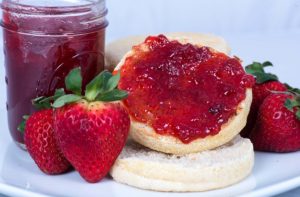 Not just because I loved her, but also because I knew that once we arrived she would have some divine jars of homegrown, canned strawberries. Even after sitting down and eating an entire quart jar of her sweet concoction, I could never get enough. And the beauty of it all, is that once you can or pickle something its preserved for life, or at least until you can make your yearly trip to visit grandma again.
Not just because I loved her, but also because I knew that once we arrived she would have some divine jars of homegrown, canned strawberries. Even after sitting down and eating an entire quart jar of her sweet concoction, I could never get enough. And the beauty of it all, is that once you can or pickle something its preserved for life, or at least until you can make your yearly trip to visit grandma again.
Canning and pickling food has been around for ages, and in the old days this was a necessity for all families when it came to stocking the pantry, ensuring food throughout the winter, and surviving. Now days, the art of canning and pickling is more of a hobby for most than a required skill-set, but that doesn’t mean you can’t enjoy the benefits of this age old tradition.
How does Canning Work?
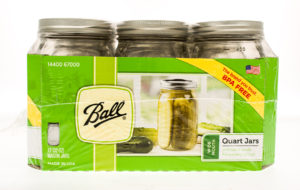 The canning process is a safe method for preserving food by heating the jars or containers to a temperature that kills micro-organisms that spoil the food. In addition to killing off these harmful organisms, the heating process removes the air out of the jar and as it cools it is vacuum sealed preventing air and other contaminants from re-entering the food, prolonging the storage capacity.
The canning process is a safe method for preserving food by heating the jars or containers to a temperature that kills micro-organisms that spoil the food. In addition to killing off these harmful organisms, the heating process removes the air out of the jar and as it cools it is vacuum sealed preventing air and other contaminants from re-entering the food, prolonging the storage capacity.
How does Pickling Work?
Pickling is another alternative to storing food for long term use by preserving food by either anaerobic fermentation in brine, or more commonly immersing the food product in vinegar. 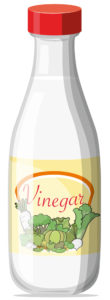 In addition, pickling can also affect the foods texture and flavor giving it a unique flavor. Pickling can be done using meats, fruits, eggs and vegetables, making this alternative a great solution for most foods.
In addition, pickling can also affect the foods texture and flavor giving it a unique flavor. Pickling can be done using meats, fruits, eggs and vegetables, making this alternative a great solution for most foods.
How Long does Canned and Pickled Food Last?
Properly canned food can last up to one year in proper storage conditions, including a cool dark pantry or other storage location. Pickled food seems to vary based on technique, food product and storage but typically you could see a shelf life of several months on a standard pickled product.
How to Can Your Food
If you love the idea of grabbing a fresh jar of tasty sweet strawberries to top your shortcake, then understanding how to can your food is next on the list.
Strawberries
- First you’ll need to find some fresh and ripe strawberries at your local market or farmers market.
- Second, swish your berries in a solution, 1 cup of white vinegar and 1 gallon of water.
- Third, cover your berries with sugar, roughly ½ court of sugar for each quart (pound) of strawberries being canned.
- Next leave the berries to sit for about 2 hours in a cool place to allow the sugar to dissolve.
- Now it’s time to gently boil your berries allowing any remaining sugars to to dissolve.
- Finally put your strawberries into your canning jar, seal and hand tighten the lid screwing it on “finger tight”, store and enjoy!
Canned Corn
- After getting a fresh cob of corn, your first job is to shull, clean and prepare your corn. Next, using a knife, cut off the corn from the husk, making sure to measure your quantity as you go.
- Next, add 1 cup of boiling water per pint of corn, placing the pot over medium heat and simmer for approximately 5 minutes.
- Third, pour your boiled corn into your canning jar allowing a 1-inch head space at the top of the jar, adding 1 teaspoon of salt per quart jar.
- Using a ladle, release any air bubbles, adding water as you go to ensure the 1 inch head space.
- Once you have properly filled your canned corn jars, wipe the jar, seal the lids and hand tighten.
- The final step is to process the jars in a pressure canner at 10 pounds pressure for 55 minutes. Wait 10 minutes after the pressure treatment before removing your jars, store and enjoy!
Common Pickling Foods
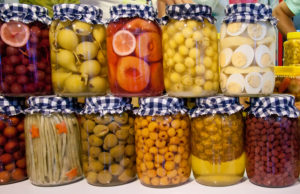 If canning is not your thing and you want an alternative to preserve your food, then pickling may be the way to go. Picking your food is similar to canning as it requires preparation and methods to preserve various foods. Here are a couple examples of how to pickle some of your favorite edibles.
If canning is not your thing and you want an alternative to preserve your food, then pickling may be the way to go. Picking your food is similar to canning as it requires preparation and methods to preserve various foods. Here are a couple examples of how to pickle some of your favorite edibles.
Cucumbers
- Cut your cucumbers in to spears for maximum surface exposure
- In a court jar, add the following ingredients; cut cucumbers, 5 sprigs of fresh dill, 2-4 cloves of garlic (crushed or minced), 3 tablespoons of vinegar, and ½ to 1 tablespoon of Kosher salt.
- Once filled, top off the jar with distilled water and hand tighten the lid.
- Shake the jar to disperse all the flavors and leave on your counter for 12 hours.
- Shake the jar a second time, turn upside down and leave for another 12 hours.
- Once the cucumbers have sat for 24 hours, they are ready to eat! Store in the refrigerator for up to a month for maximum flavor and tastiness.
Eggs
- Add 6-8 fresh eggs a medium sauce pan. Add a splash of distilled white vinegar to the water levels and bring to a boil.
- Allow for a 15 minute cool off period and remove any eggs that cracked during the boiling phase.
- Preheat your oven to 225 degrees
- Place your jar and lid on a cookie sheet and bake for 35 minutes allowing the jar and lid to cool after.
- Pour water into a bowl of ice and place your boiled eggs in the bowl allowing the to cool for approximately 5 minutes.
- Remove the cooled egg, crack and remove the outer shell.
- Dip the eggs back into the cold ice water to remove any leftover shell debris and place your clean eggs into your sterilized jar.
- Create your brine by adding 6 cups of water, ½ cup of apple cider vinegar, and ¼ cup of sugar to a saucepan. Bring the mixture to boil over high heat, lower the heat and simmer for 10 minutes.
- After straining your brine, pour the mixture into your glass jar over the eggs, filling the container as much as possible.
- Finally screw the lid on hand tight and place inside the refrigerator for 3 days before serving.
 Finding fun and creative ways to enjoy your food is actually quite easy, and doing a little research I found that canning and pickling you favorite food offers a plethora of choices including flavor, style and spice. So if you are ready to enjoy your garden just a little bit longer, then take a look at our canning suggestions and find the right concoction for your favorite foods and enjoy!
Finding fun and creative ways to enjoy your food is actually quite easy, and doing a little research I found that canning and pickling you favorite food offers a plethora of choices including flavor, style and spice. So if you are ready to enjoy your garden just a little bit longer, then take a look at our canning suggestions and find the right concoction for your favorite foods and enjoy!
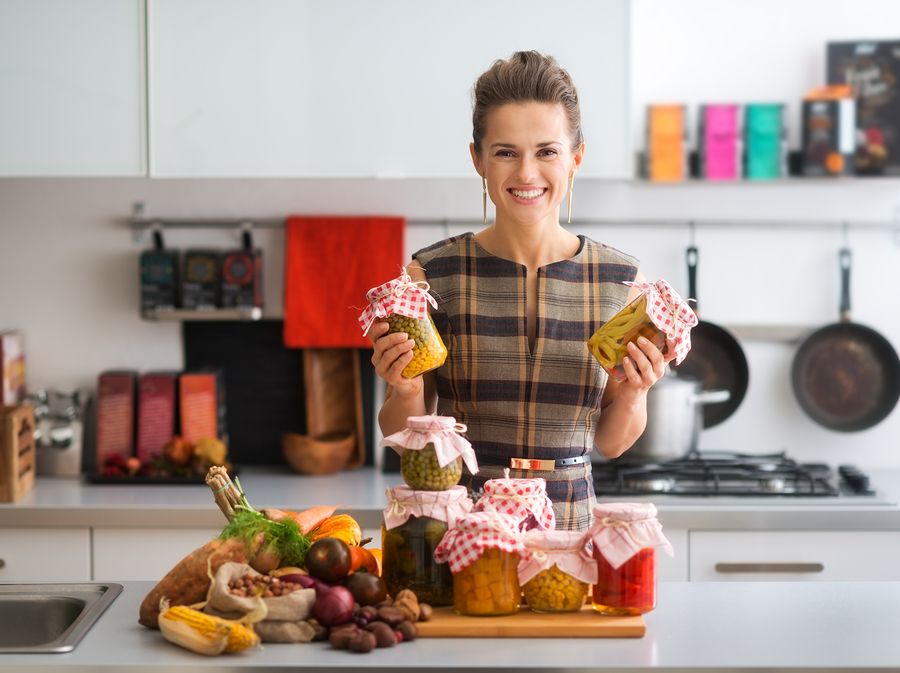



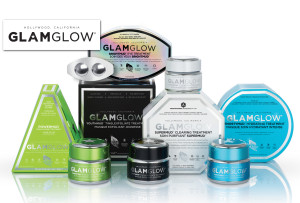



Leave a Reply